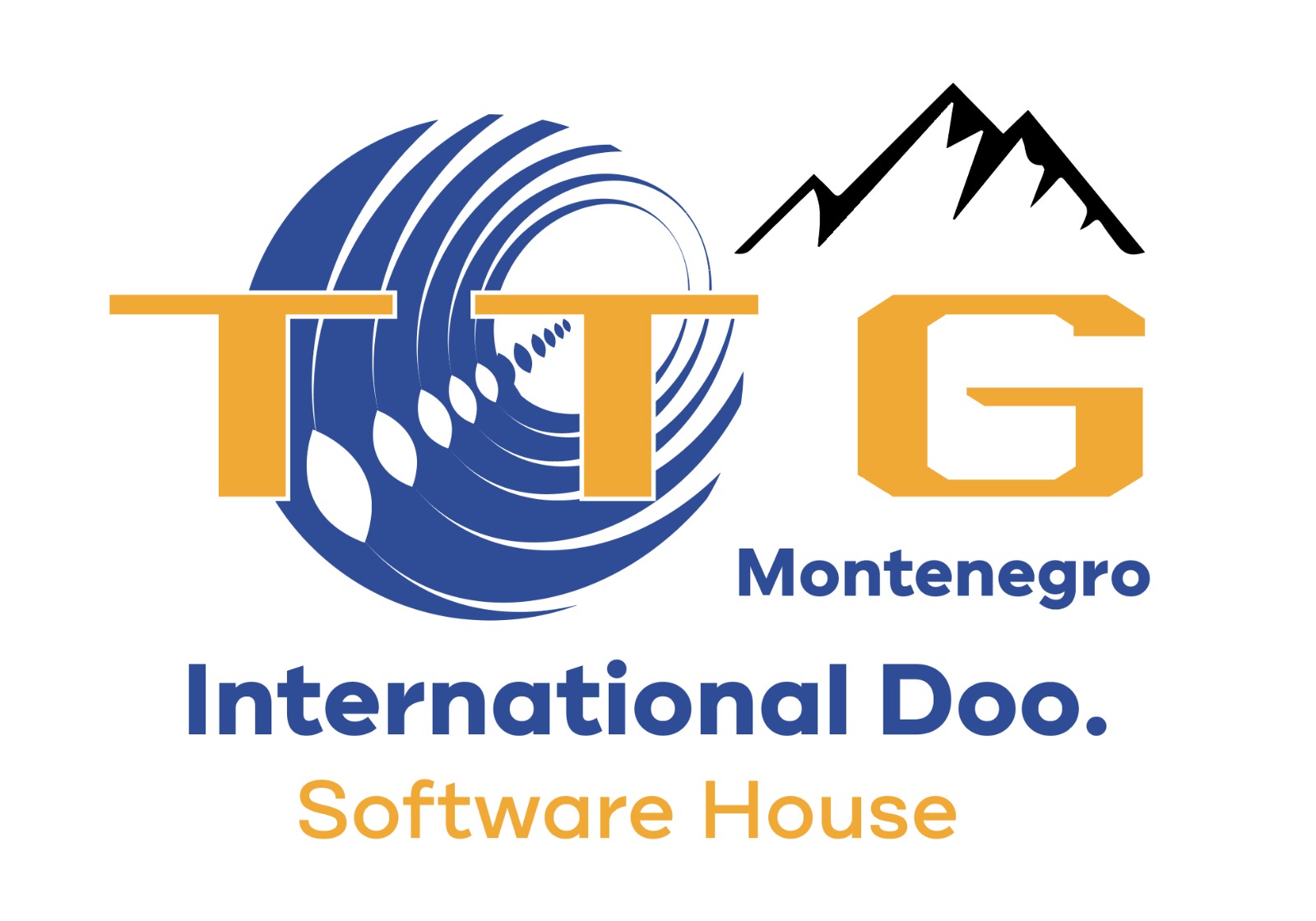Understanding bandwidth measurements is crucial for identifying and addressing non-design related bandwidth issues that can impact network performance. Before diving into this blog, we recommend you to take a look at our previous blog “Understanding Bandwidth and its Measurements”.
The term “non-design related bandwidth issues” refers to problems affecting the network’s bandwidth that are not caused by the initial network design or architecture. These issues are typically unrelated to the fundamental structure or configuration of the network but can still significantly impact its performance. Here are some examples and explanations:
- Network Congestion:
- This occurs when too many users or devices try to use the network simultaneously, leading to a traffic bottleneck. It’s not necessarily a flaw in the network’s design but can be due to unexpected or irregular high usage.
- Hardware Failures:
- Issues like malfunctioning routers, switches, or other networking hardware can lead to reduced bandwidth. These are operational problems rather than design flaws.
- Software Issues:
- Bugs or inefficiencies in network-related software (like firmware in routers or network drivers in devices) can lead to bandwidth problems. These are related to the software running on the network, not the way the network is designed.
- External Interference:
- For wireless networks, external factors like physical obstructions or interference from other wireless devices can degrade bandwidth. These are environmental factors and not related to the network’s design.
- Security Breaches:
- Cyber-attacks like DDoS (Distributed Denial of Service) can overwhelm the network with traffic, reducing available bandwidth for legitimate use. These are related to security threats, not design issues.
- Improper Configuration or Maintenance:
- Incorrect settings on network devices or failure to update firmware or software can lead to reduced performance. These are related to the operational aspect of the network, not its design.
Addressing non-design related bandwidth issues often involves operational management, regular maintenance, monitoring, and updating systems to ensure optimal performance. Tools like GEMS can help monitor and diagnose these types of issues by providing insights into network traffic and performance trends.



